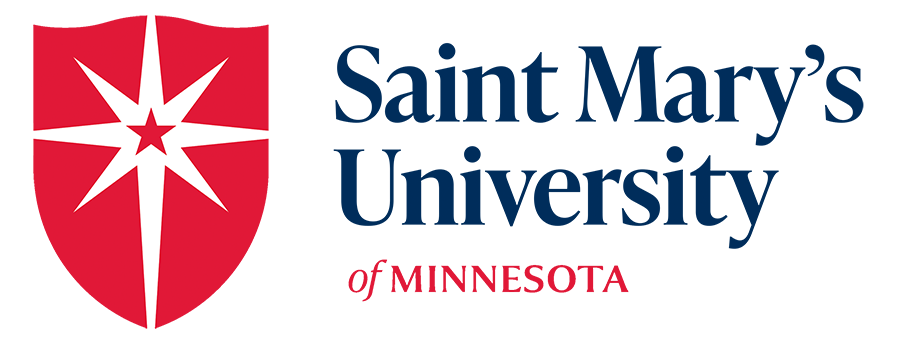
Refreshing Courses
Changing your course is a wonderful way to reinvigorate your teaching experience and to keep it fresh. If you or your program are thinking about starting this process please reach out to the Learning Design Team.
Updating Your Course
The secret to refreshing your course is to make changes that are aimed at enhancing student learning, without overwhelming yourself with too much work. Here are a few high-impact strategies for enhancing your course.
Add new technologies.
Breathe new life into your course by integrating instructional technologies that increase student engagement. Get started by talking with other faculty members about technologies that worked for them.
Enhance your presentations.
Whether you are enhancing your PowerPoint slides or the way you present, consider enlivening what students see, hear, and feel.
- Add emotion through images, videos, or stories.
- Remove the “clutter” by reducing unnecessary words, content, and filler.
- Incorporate analogies and metaphors that create a bridge for understanding.
- Include novelty by adding cognitive dissonance or surprising facts and research findings.
- Consider bringing music into the learning.
- Incorporate times for silent thinking and reflection.
The list is endless. It is just a matter of using your creativity, searching the Web for new possibilities, and watching and listening to others for new ideas.
Upgrade learning resources.
In this information age, it is much easier to provide students with the most current and relevant information possible. The key is to find resources that are of high-quality and sharable within copyright laws. Our librarians can help you with both, particularly copyright assistance. As you upgrade your learning resources, consider providing a variety of resources, including videos, Slideshare PowerPoints, journal articles, white papers, websites, and ebooks.
Incorporate new active learning activities.
Most faculty spice up their courses with learning activities that actively engage their students in learning. The most rewarding activities encourage students to do something with course concepts and then think about what they just did. This can be accomplished by using:
- short writing assignments
- debates
- case studies
- role playing
- student demonstrations
- teach-backs
- think-pair-share
- anonymous polling
- gallery walks
Flip your course.
Flipping your course is an excellent strategy for engaging adult learners. What’s a “flipped course”? In a flipped course, you ask students to read the course materials before coming to class, reserving class time for application, practice, refinement, and oftentimes working on the course assignments. If you have never done this before, you might want to consider gradually moving to a flipped model. Experiment by flipping two or three class sessions before flipping your entire course.
Revise assignments.
One way to reenergize your enthusiasm for your course is to revise assignments. This is especially true if you have lost interest in grading them over the years of teaching. Consider creating or recreating authentic assignments that lead to relevant and real-world cognitive skills. Examples include:
- real-world case studies
- problem-based projects
- inquiry-based projects
- simulations
- video recorded role plays
- creation of real-world professional products and deliverables.
Before you change your assignment, be sure to check with your program director to ensure there are no concerns regarding changes to your assignments and syllabus approval processes.
